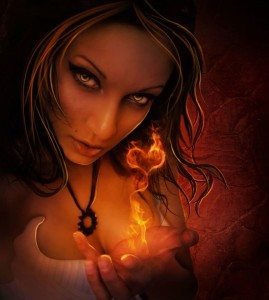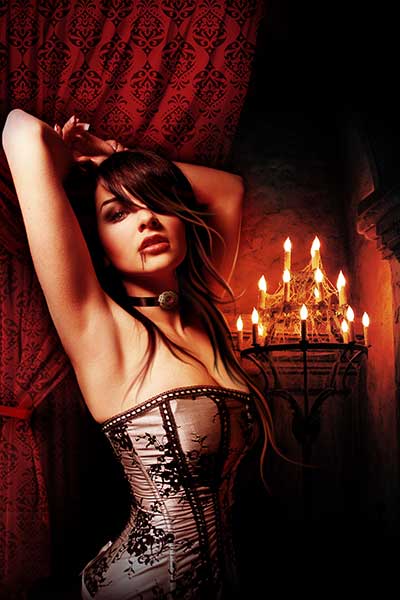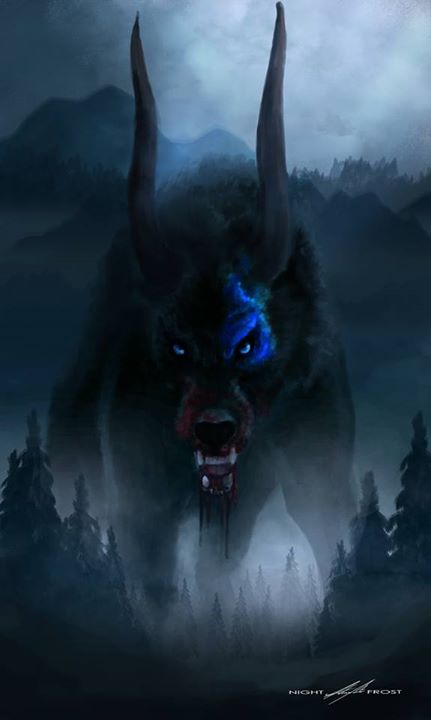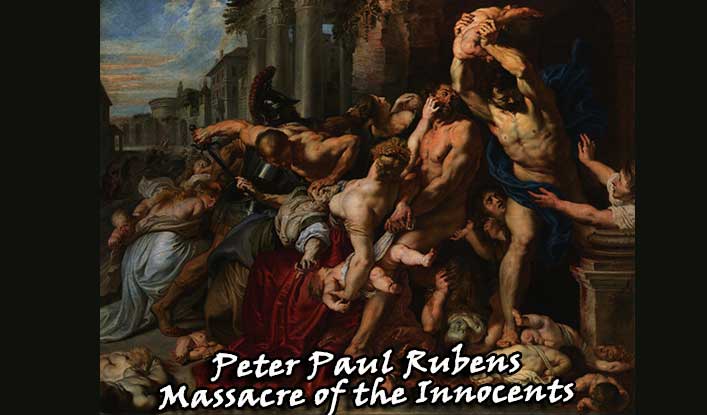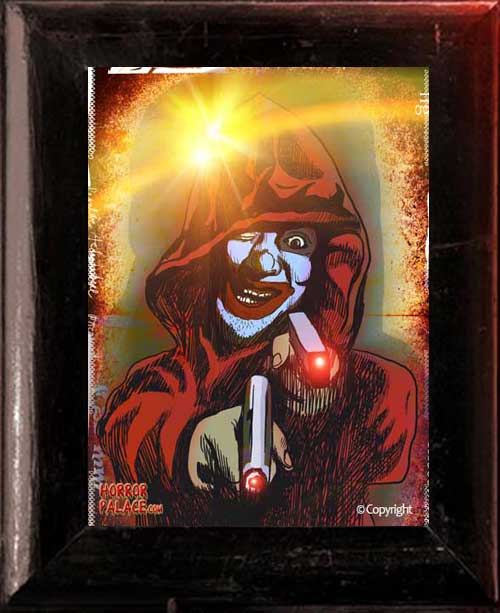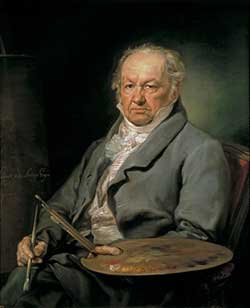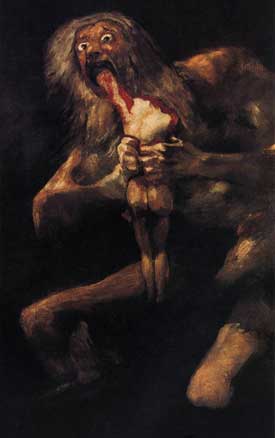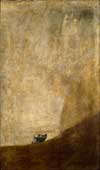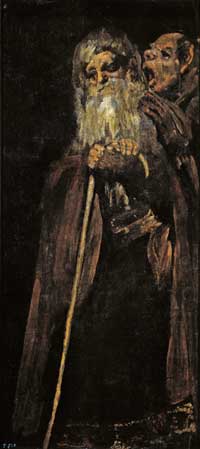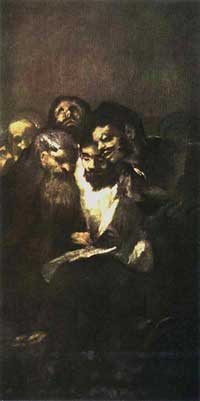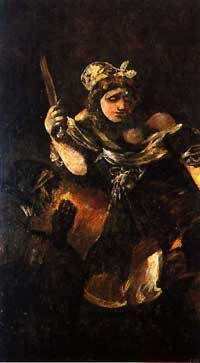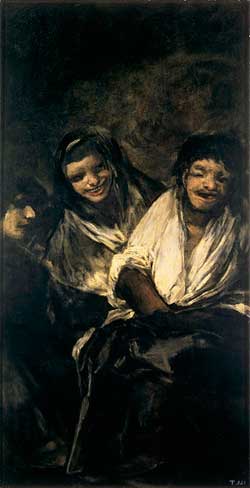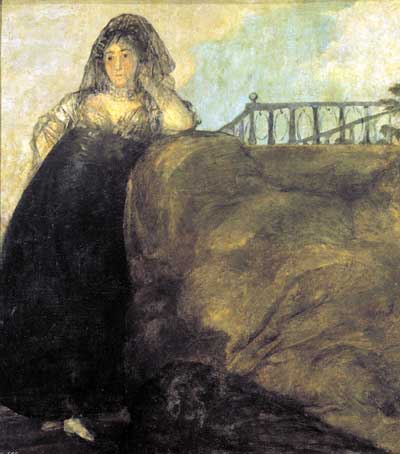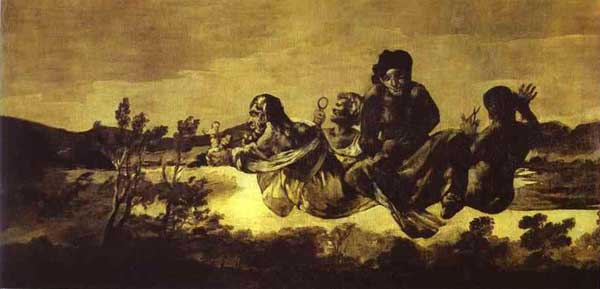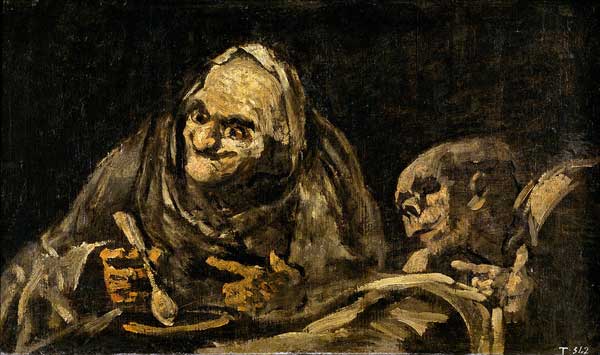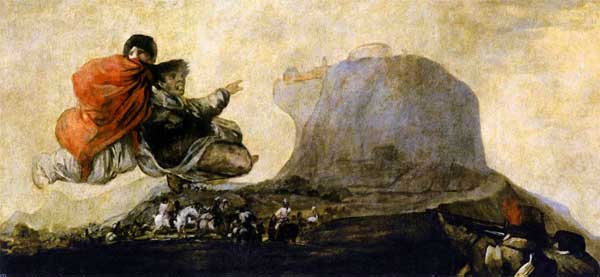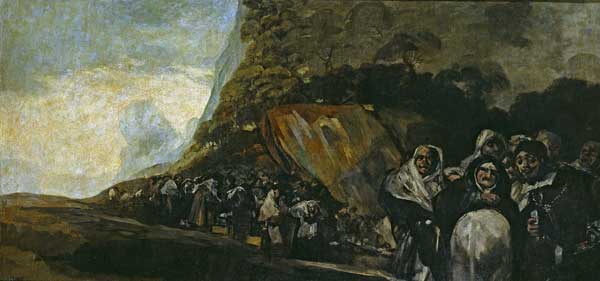Elena Dudina is our currently featured dark artist. She classifies herself as a Photomanipulator/ Illustrator. We think you will agree Elena really knows how to “manipulate” her photos – so much so that we classify her work as “art.”
Elena was born in Russia, the daughter of a fighter jet pilot. As such, she moved around frequently and spent her childhood and youth living in various places from Latvia, Ukraine and the Artic – even living seven years in Siberia.
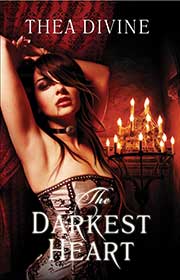 Since early childhood, Elena has always drawn and painted. In 2004 she began
Since early childhood, Elena has always drawn and painted. In 2004 she began 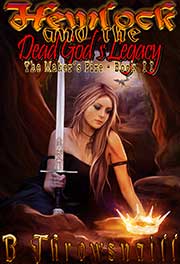 expanding her art to sculpture, but it was in 2008 that her art career would take a dramatic new direction – she was introduced to Adobe Photoshop. Since then the digital art realm has become her full time passion. Elena has gone on to create many works of digital art, many of which have been featured on book and CD covers.
expanding her art to sculpture, but it was in 2008 that her art career would take a dramatic new direction – she was introduced to Adobe Photoshop. Since then the digital art realm has become her full time passion. Elena has gone on to create many works of digital art, many of which have been featured on book and CD covers.
For more of Elena Dudina’s art please see:
ElenaDudina.com
Facebook
Deviant Art
